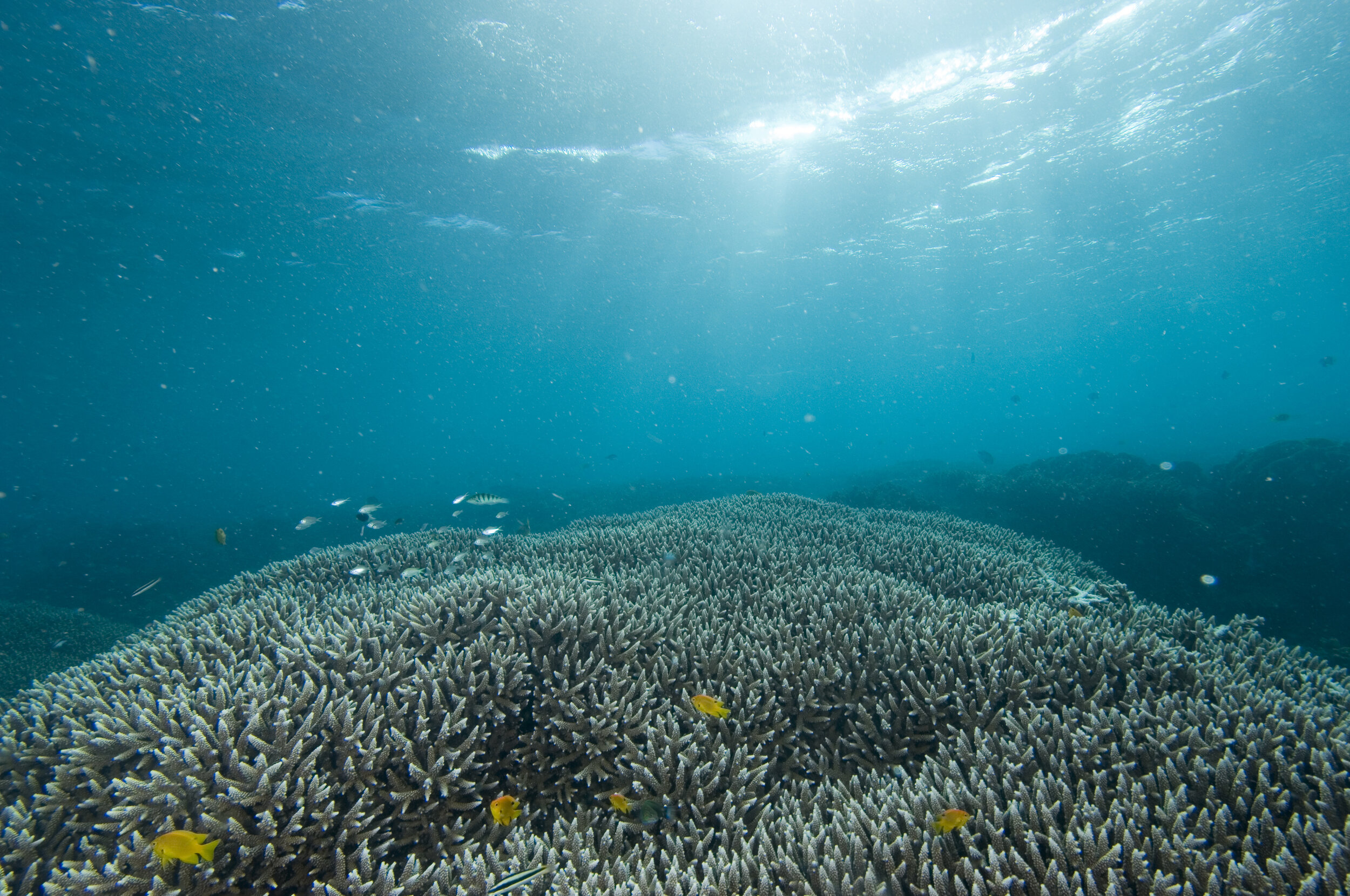
INTERNATIONAL POLICY PROCESSES

The 2030 Agenda and the Sustainable Development Goals
The UN’s 2030 Agenda for Sustainable Development and Sustainable Development Goals contain an interconnected framework for protecting the ocean, linking it to human health, economic development, and climate action.
Coastal and marine ecosystems in the 2030 Agenda: SDG14 – Life below water
SDG14 calls on countries to conserve and sustainably use the oceans, seas and marine resources. It is underpinned by 10 targets addressing marine pollution, sustainable management, protection and restoration of marine and coastal ecosystems, ocean acidification, sustainable fisheries, fisheries subsidies, conservation of at least 10% of coastal and marine areas and increasing the economic benefits to Small Island Developing States, among others. Some of these targets relate to commitments under other international frameworks such as the commitment to conserve at least 10% of marine and coastal areas (under the CBD Aichi Target 11), or the commitment by WTO Members to reach a meaningful outcome at the 12th Ministerial Conference conform to the mandate in SDG 14.6. See all targets.
Achieving SDG14 will require greater integration in ocean governance and in relation to other sustainability policies and frameworks. Indeed, many of the drivers of ocean degradation are beyond the purview of environmental agreements, and touch on matters as diverse as employment, food security, sustainable consumption and production, and climate action.
This is reflected in the crosscutting role of SDG14 in the 2030 Agenda: The Goal and its targets interact with several other SDGs such as SDG1 – ending poverty; 2 – zero hunger; 8 – decent work and economic growth; 12 – Ensure sustainable consumption and production; 13 – climate action; and even SDG 15 – life on land. The nature of these interactions can both positive or negative thus offering opportunities for the development of synergies but also require actors to balance trade-offs carefully.
The 2020 expiration date of most SDG14 targets could provide such opportunities. In the Ministerial declaration at the high-level segment of the 2020 session of the Economic and Social Council, countries committed to maintaining the integrity of the 2030 Agenda by raising the ambition and ensuring continuous action on the targets of the SDGs with a 2020 timeline, and requesting the relevant intergovernmental forums and bodies to review and, as needed, adjust their frameworks so as to allow to update targets to reflect a suitable level of ambition for 2030.
UNFCCC
Coastal blue carbon ecosystems represent an important and under-utilized mitigation opportunity for many countries under the United Nations Framework Convention on Climate Change (UNFCCC), while also helping increase their resilience towards a changing climate.
Coastal and marine ecosystems in the UNFCCC
The ocean is an integral part of the Earth’s climate system, and its integrity is at risk from climate change impacts. According to Article 4.1(d) of the Convention, Parties to the UNFCCC shall promote sustainable management, and promote and cooperate in the conservation and enhancement, as appropriate, of sinks and reservoirs of all GHG not controlled by the Montreal Protocol, including biomass, forests and oceans as well as other terrestrial, coastal and marine ecosystems.
The Paris Agreement also acknowledges the need to promote and ensure environmental integrity, and calls on Parties to conserve and enhance GHG sinks and reservoirs, including biomass, forests and oceans as well as other terrestrial, coastal and marine ecosystems.
Historically, the UNFCCC negotiations have been focused on terrestrial and atmospheric systems and there has been little recognition of the importance of oceans and coasts to achieving the goals of the convention. As a consequence, there is often insufficient detail, guidance or precedent for applying components of the UNFCCC mechanisms to coasts and oceans.
In recent years, many countries have recognized that the sustainable management of coastal habitats are crucial climate change responses and are now working to strengthen the UNFCCC mechanism to better serve coastal and ocean issues. A number of agenda items, bodies and work streams under the UNFCCC are particularly relevant to oceans and marine and coastal ecosystems such as adaptation, mitigation, science and observation, finance, technology and the global stocktake.
The Convention on Biological Diversity (CBD)
Increasing protection of coastal and marine ecosystems under the Convention on Biological Diversity (CBD) not only benefits our response to climate change: it also supports the sustainable use of resources, economic growth, and clean air and water.
Coastal and marine ecosystems in the CBD
Coastal and marine ecosystems support the abundance of marine life that produces much of the oxygen we breathe, offers a valuable source of protein and moderates global climatic change. Adopted in 1998, and reviewed and updated in 2004 and 2010, the programme of work on marine and coastal biodiversity focuses on integrated marine and coastal area management, marine and coastal living resources, marine and coastal protected areas, mariculture, and invasive alien species. Each of the programme elements is composed of a goal and operational objectives. The programme of work also recognizes the importance of marine and coastal biodiversity in the mitigation of, and adaptation to climate change, and the impacts of ocean acidification.
The CBD also supports the work of the United Nations General Assembly with regard to marine protected areas beyond national jurisdiction, by focusing on provision of scientific and, as appropriate, technical information and advice.
Negotiations for a new post-2020 global biodiversity framework have begun in the context of an open-ended intersessional Working Group (OEWG). This presents an opportunity to identify and address gaps in the Aichi Targets, and strengthen the monitoring framework to account for the status and progress in the conservation and sustainable use of coastal and marine ecosystems. Potential substantial elements for the future framework include: Exploitation of marine living resources; Marine pollution; Important
In December 2022 at the 15th Conference of the Parties (COP15) countries adopted the Kunming-Montreal Global Biodiversity Framework (GBF). The GBF will be implemented over the next decade, starting with countries updating their National Biodiversity Strategies and Action Plans (NBSAPs) to align with the new global goals.
Ramsar
Providing essential ecosystem services and habitats to endangered species, wetlands are key for both human wellbeing and the planet’s ecological integrity.
Coastal and marine ecosystems in Ramsar
The Convention uses a broad definition of wetlands. It includes all lakes and rivers, underground aquifers, swamps and marshes, wet grasslands, peatlands, oases, estuaries, deltas and tidal flats, mangroves and other coastal areas, coral reefs, and all human-made sites such as fish ponds, rice paddies, reservoirs and salt pans.
Under the “three pillars” of the Convention, the Contracting Parties commit to: i) work towards the wise use of all their wetlands; ii) designate suitable wetlands for the list of Wetlands of International Importance (the “Ramsar List”) and ensure their effective management; and iii) cooperate internationally on transboundary wetlands, shared wetland systems and shared species.
The Fourth Ramsar Strategic Plan for 2016-2024 lays out a new vision under the Convention mission, four overall goals and 19 specific targets which are designed to support the efforts of Parties, partners and other stakeholders in preventing, stopping and reversing the global decline of wetlands. The Goals include: Addressing the drivers of wetland loss and degradation, effectively conserving and managing the Ramsar site network, wisely using all wetlands and enhancing implementation.
Up to 2020, 973 marine and coastal wetlands Ramsar Sites covering 72,790,070 ha have been designated under the Convention.
The Sendai Framework
Blue carbon ecosystems play an important role in Disaster Risk Reduction (DRR) by protecting local communities from increasingly common disasters like storms and tidal surges.
Coastal and marine ecosystems in The Sendai Framework
Small island developing States and other developing countries with extensive coastlines are particularly vulnerable to natural hazards and the impacts of climate change and are often challenged to respond to and recover from disasters. In low-lying coastal zones, natural barriers such as coral reefs, mangrove forests, seagrasses and sand dunes play an important role in protecting communities from storm and tidal surges and other hazards.
The degradation of coastal and marine ecosystems due to unregulated human activity and coastal erosion hastened by more intense and frequent weather events has significantly increased disaster risk along coastal zones and compromised the resilience in the face of disasters.
The Sendai Framework identifies unsustainable use of natural resources and declining ecosystems, as underlying drivers of disaster risk that need to be tackled. It sets the goal of preventing new and reducing existing disaster risk through the implementation of integrated and inclusive environmental measures, among others.
Progress towards Goals D (critical infrastructure & services) and E (DRR strategies) could be greatly enhanced with the inclusion of Eco-DRR in National Strategies and the implementation of green-grey infrastructure.






